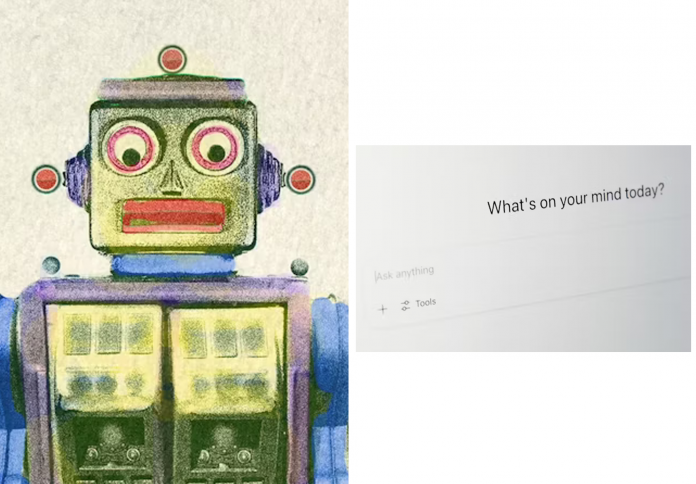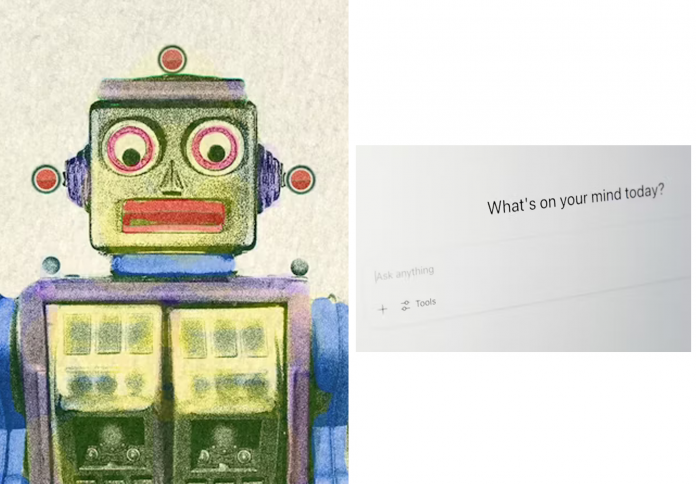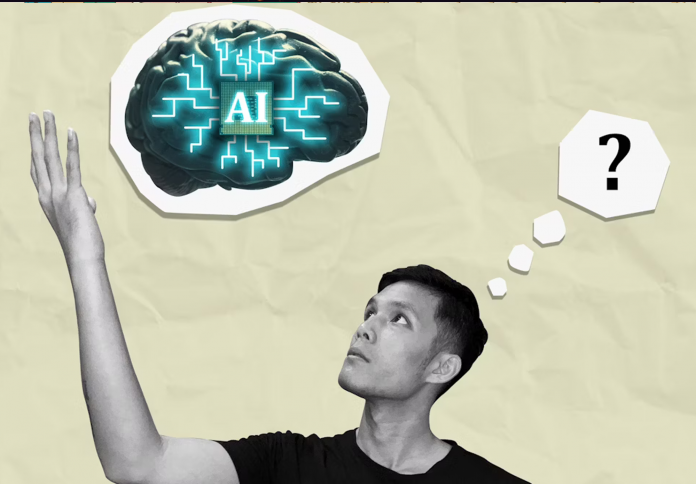For centuries, a farmer’s livelihood has been inextricably linked to the whims of the weather. A well-timed rainfall could mean a bountiful harvest, while an unexpected drought could spell ruin. This age-old profession, a constant battle against the forces of nature, is now being fundamentally transformed by a powerful new ally: artificial intelligence. AI is revolutionizing weather forecasting, moving it from a general prediction to a hyper-localized, hyper-accurate precision tool that could be a game-changer for farmers around the world. This is not just a technological update; it is a profound shift that holds the potential to combat the effects of climate change, improve global food security, and empower a new generation of farmers to navigate a future of unprecedented uncertainty.
A Profession of Uncertainty: The Farmer and the Forecast
The farmer’s relationship with the weather is one of the most ancient and complex in human history. Every decision, from when to plant seeds to when to harvest a crop, is fundamentally a bet on the weather. A sudden frost can wipe out an entire season’s work, a prolonged drought can turn fertile land into dust, and an unexpected hail storm can destroy a crop just as it is about to be harvested. For generations, farmers have relied on a combination of ancestral wisdom, personal observation, and traditional weather forecasts, which have often been limited in their accuracy and their ability to predict long-term trends.
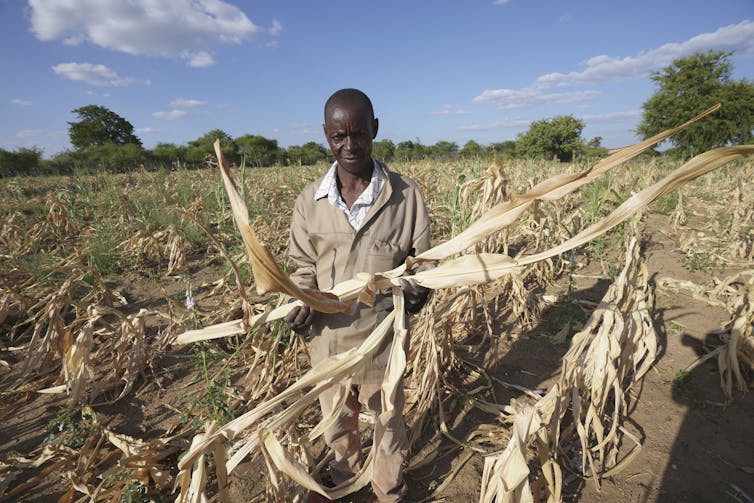
This is a profession of uncertainty, one where the best of intentions can be undone by a single, unpredictable weather event. The need for more accurate and reliable weather information has always been paramount, but it has become even more urgent in a world of climate change, where extreme weather events are becoming more frequent and more severe. The traditional models are simply not equipped to deal with this new reality, and a new solution is desperately needed.
The AI Difference: From Prediction to Precision
AI is fundamentally changing weather forecasting by moving it from a general prediction to a hyper-localized precision tool. While traditional models rely on complex physics-based equations to simulate the atmosphere, AI can analyze a massive amount of data from satellites, ground sensors, and historical weather records to create a more accurate and nuanced forecast. The AI can identify patterns and correlations that are invisible to the human eye, allowing it to predict not just a general trend, but specific events like the timing of a rainfall or the severity of a heatwave.
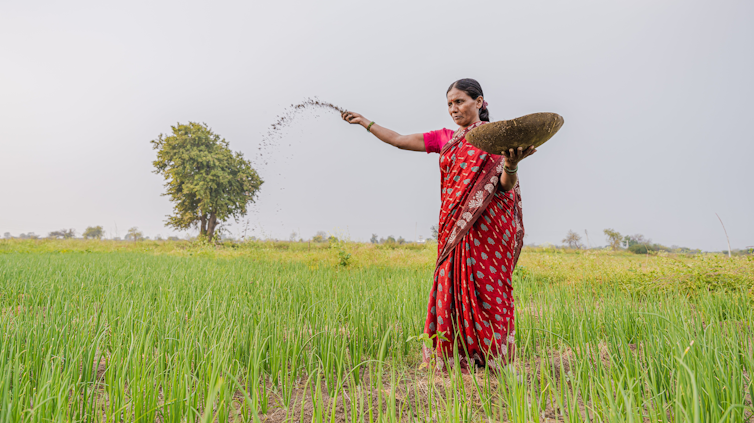
This precision is a game-changer for farmers. A farmer can now use an AI-powered forecast to make a better decision about when to plant, when to irrigate, and when to harvest. They can use the forecast to optimize their use of resources, to reduce food waste, and to improve their crop yields. The AI is not just a tool for prediction; it is a tool for optimization, a technology that can help farmers to work smarter, not harder.
The Global Impact: A Tool for Food Security
The impact of AI-powered weather forecasting is not just limited to individual farms; it has a profound impact on global food security. In developing nations, where farmers are often the most vulnerable to the effects of climate change, AI can be a vital resource. It can help them to adapt to changing weather patterns, to improve their crop yields, and to reduce food waste. This can lead to a more stable food supply, a reduction in food insecurity, and a more resilient agricultural sector.
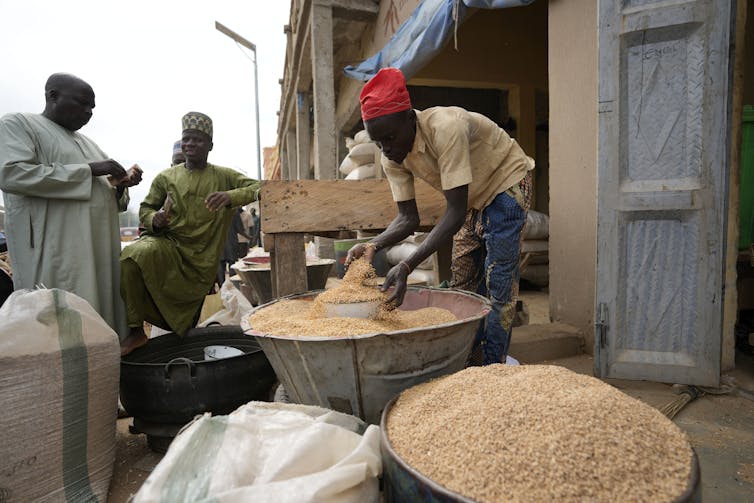
Furthermore, AI can help governments and international organizations to better prepare for and respond to natural disasters and food shortages. By using AI-powered forecasts, they can predict where a drought or a flood is likely to occur, and they can take proactive steps to mitigate its impact. This can lead to a more efficient use of resources, a more coordinated response, and a more humane outcome. The AI is not just a tool for individual farmers; it is a vital resource for a more secure and more equitable world.
The Path Forward: Balancing Technology and Tradition
The future of farming is not one that is built on technology alone. It is one that is built on a new kind of partnership between AI and human wisdom. The farmer’s knowledge of the land, of the soil, and of the plants is irreplaceable. The AI is not a replacement for this wisdom; it is a partner, a tool that can help a farmer to make a better decision. The path forward will require a new kind of collaborative approach, one where AI developers, farmers, and policymakers work together to ensure that this technology is used in a way that is ethical, equitable, and sustainable.
We must also ensure that the benefits of this technology are shared with everyone, not just a select few. Governments and international organizations must work to make AI-powered weather forecasting accessible to farmers in developing nations and to ensure that it is used to build a more just and more resilient agricultural sector. The AI revolution is a powerful force for change, and it is our responsibility to ensure that it is one that helps to feed the world, not just a few.


